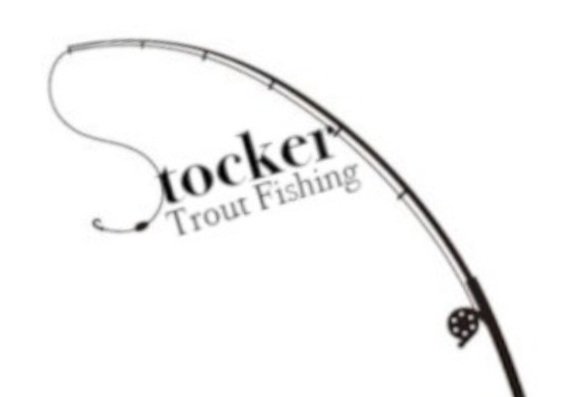The Best Files for River Trout
Are you ready to catch some river trout? Well, you're going to need the right flies for the job. There are many different fly patterns to choose from, but which ones are the best for river trout fishing? In this article, we'll take a look at some of the top fly patterns for catching river trout, and give you some tips and tricks to help you land your next big catch.
Why the Right River Trout Fly Matters
Choosing the right fly for river trout fishing is crucial if you want to increase your chances of catching a big one. Trout in rivers have different feeding patterns and preferences depending on the location, time of year, and water conditions. Using the wrong fly can mean the difference between a successful day on the water and a frustrating one.
The right fly pattern can imitate the natural food source of the fish, whether it be caddisflies, mayflies, or baitfish. Matching the hatch is a key strategy when it comes to river trout fishing, as it allows you to mimic the insects or prey that the fish are actively feeding on.
In addition, the right fly can also match the water type and conditions. For example, a smaller, more slender nymph may be better suited for slower-moving water and pools, while a larger, more aggressive streamer may be more effective in larger rivers or faster-moving water.
Using the right fly can also help you stand out from other anglers on the river. River trout are often pressured by heavy fishing, so using a unique or different fly pattern can make all the difference when it comes to enticing a fish to bite.
Top 4 Best Trout River Flies
There are a lot of River Flies out there but these are the top 4 best river flies you can use and are for sure to land you a bite!
Elk Hair Caddis
First up, we have the classic Elk Hair Caddis. This dry fly imitates a variety of caddisflies and is a staple in many anglers' fly boxes. The Elk Hair Caddis is versatile and can be fished in a variety of water types and conditions. It's a great choice for fishing in riffles and pocket water, where trout are often feeding on caddisflies.
Pheasant Tail Nymph
Next, we have the Pheasant Tail Nymph. This small, slender nymph imitates a variety of aquatic insects and can be fished both as a dropper or on its own. The Pheasant Tail Nymph is effective in slower-moving water and pools, where trout are often feeding on smaller insects.
Woolly Bugger
If you're looking for a larger, more aggressive fly pattern, the Woolly Bugger is a great choice. This streamer imitates a variety of baitfish and leeches and can be fished in a variety of water types and conditions. The Woolly Bugger is a popular choice for fishing in larger rivers and can attract bigger, more aggressive trout.
Parachute Adams
Finally, we have the Parachute Adams. This classic dry fly imitates a variety of mayflies and other small insects and is a great choice for fishing in clear water. The Parachute Adams is highly visible on the water and can be fished in a variety of water types and conditions. It's a great choice for fishing in slower-moving water and pools, where trout are often feeding on small insects.
Why River Fish with these Flies?
There are many reasons why river fishing with the right flies is so effective. First and foremost, river trout are often feeding on a variety of aquatic insects, baitfish, and other prey that are abundant in their habitat. Using the right fly pattern can imitate the natural food source of the fish and increase your chances of getting a bite.
Additionally, river fishing with the right flies allows you to match the water type and conditions. Different fly patterns are more effective in different types of water, such as riffles, pools, or faster-moving currents. Choosing the right fly for the water type and conditions can make all the difference when it comes to enticing a fish to bite.
Using the right fly can also make your presentation more realistic and natural. When you present a fly that matches the hatch and the feeding patterns of the fish, it looks and moves more like the real thing. This can make the difference between a fish ignoring your fly and aggressively taking it.
Finally, river fishing with the right flies can be more enjoyable and rewarding. When you catch a fish on a fly that you tied or selected yourself, it adds an extra level of satisfaction to your fishing experience. And when you land a big catch on the right fly, it can be a moment that you'll remember for a long time.
Conclusion
River fishing with the right flies is an effective, enjoyable, and rewarding way to catch trout. By matching the hatch, considering water type and conditions, and selecting the right fly pattern, you can increase your chances of landing a big catch and having a great day on the water.




